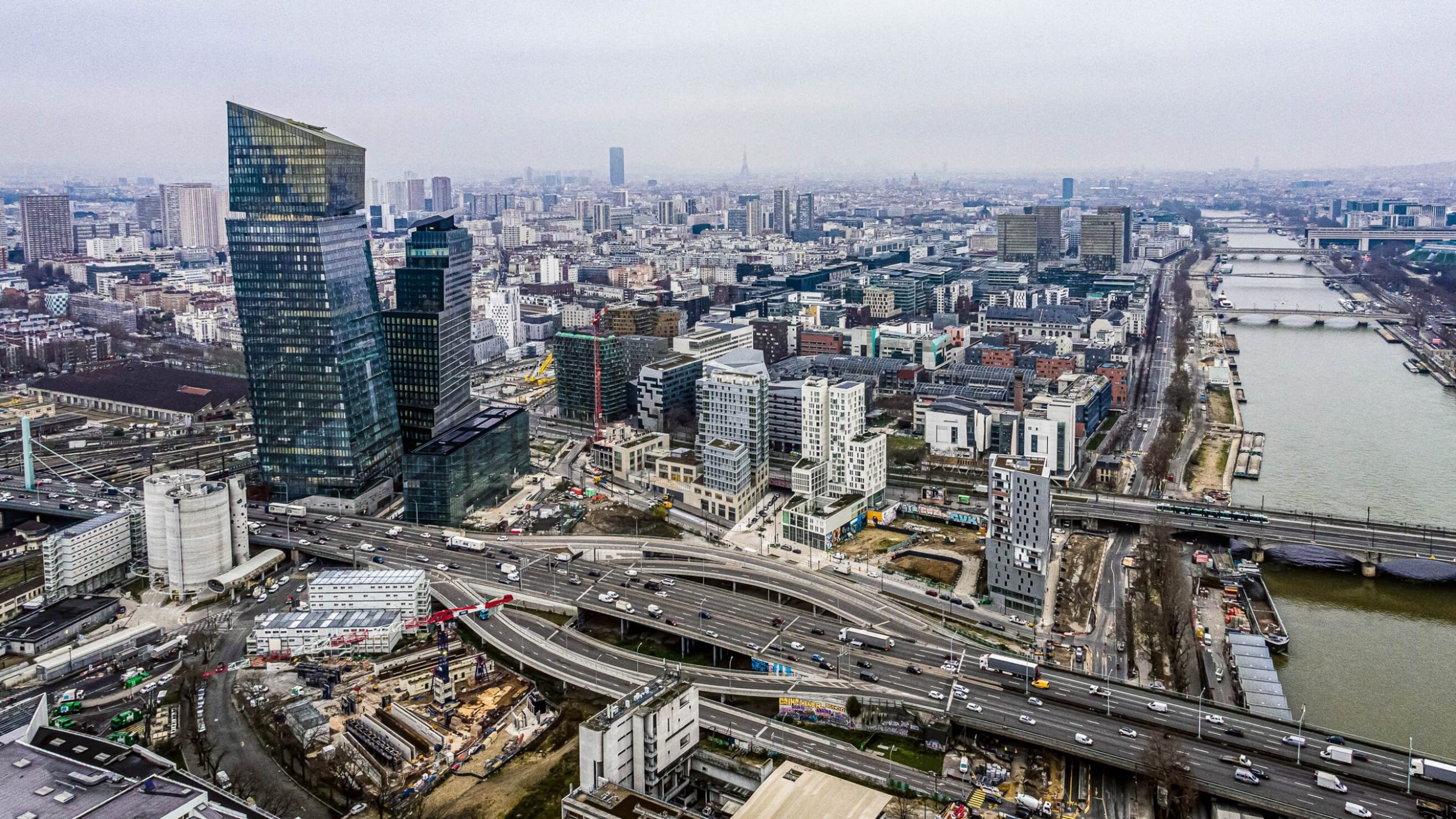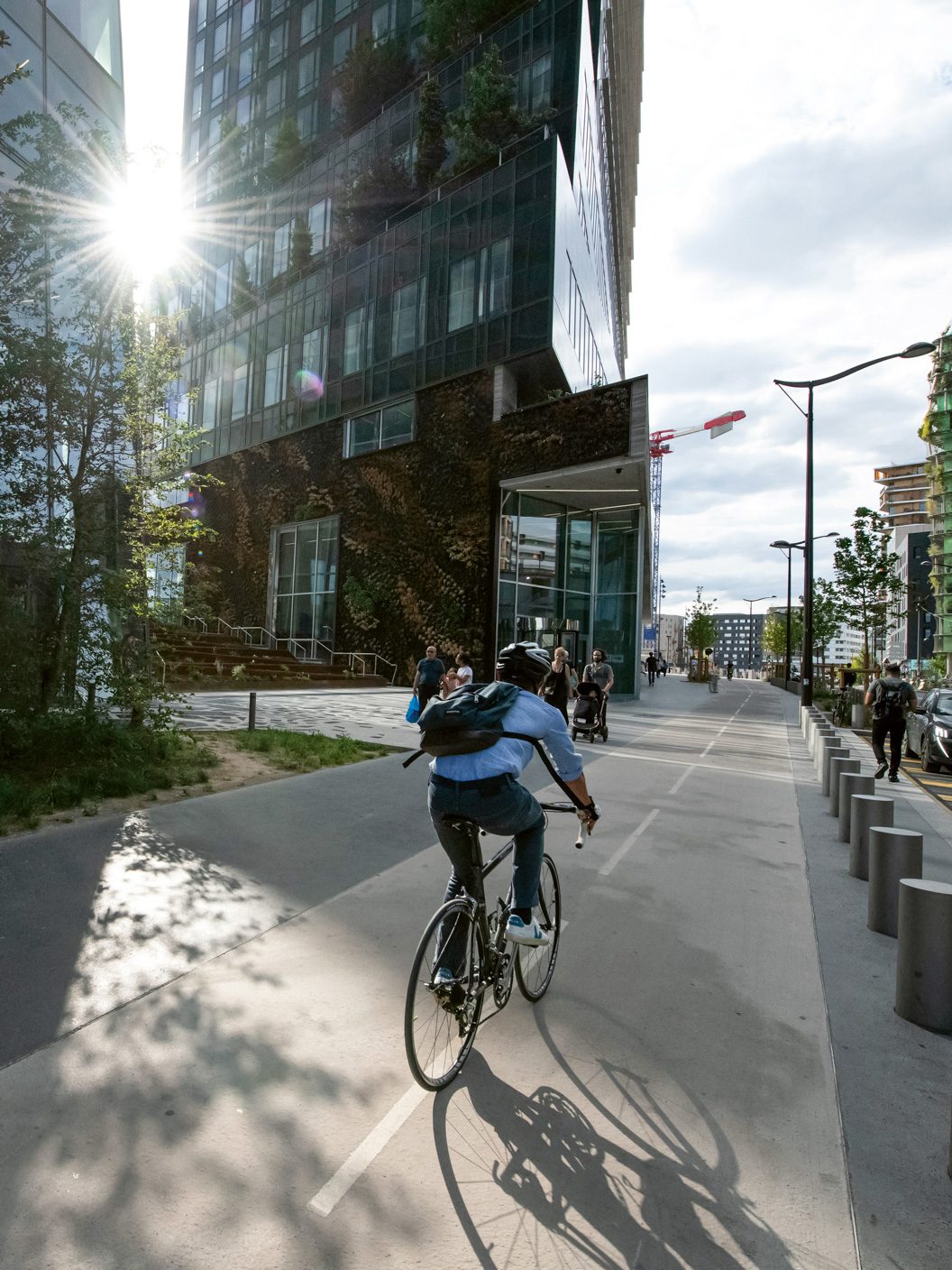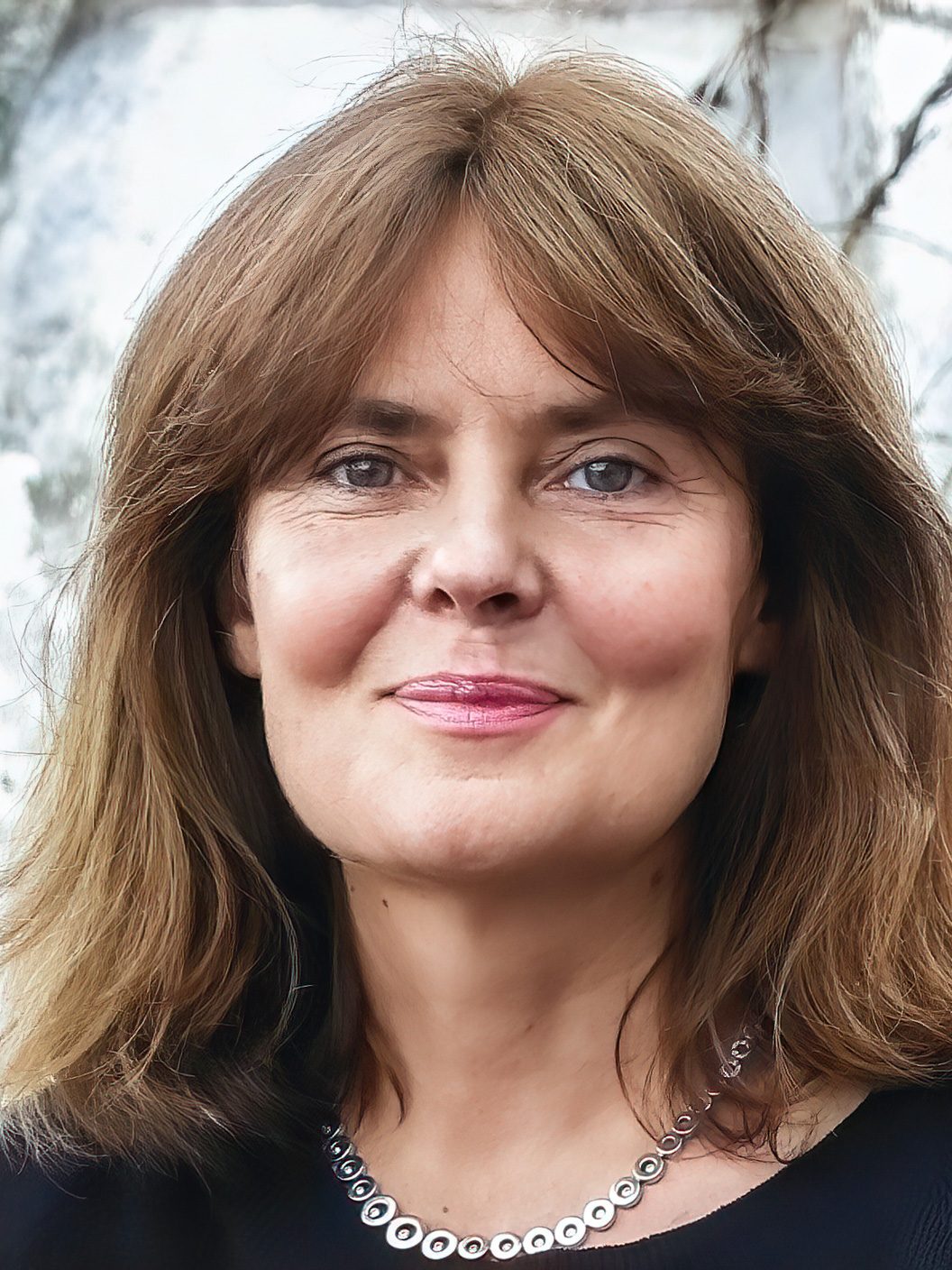
Driving the transformation of the neighborhood
Interview with Sandrine Morey, Managing Director of SEMAPA.
What is SEMAPA’s role in the transformation of the neighborhood?
As a local public development company, SEMAPA designs, plans, and implements urban projects defined by the City of Paris. In this capacity, it works to transform the neighborhood by purchasing and subsequently dividing up land to facilitate the realization of construction programs and to ensure work on public spaces and facilities. These actions are carried out in consultation with the residents and local players in order to take account of people’s needs and uses throughout the life of the project.
What were the major challenges you had to face?
The time factor plays a vital role here. The operation to transform the district was launched in 1991 and won’t be finished before 2030. You consequently have to maintain urban coherence over time while demonstrating adaptability in the programming. This last point is essential to allow for changes or adaptations capable of taking account of new challenges or of satisfying new requirements. Because of this longtime scale,our objective has always been to deliver finished quarters gradually over time, each with its own local facilities, shops, and green spaces… Today, Paris Rive Gauche is more clearly identified as the sum of several neighborhoods, each with their own identity: Austerlitz, Tolbiac, Masséna, and Bruneseau. The topography of the site was another challenge. In order to connect the 13th arrondissement to the Seine without interrupting the train service provided by the Austerlitz station and the line C of the RER, we had to build a roof to cover the railway tracks, thereby creating a new baseline for future construction.
What was SEMAPA’s contribution to the design of the BPCE Towers?
We started the forward planning process very early on, focusing on the connection between Paris and Ivry-sur-Seine, which is an issue that concerns the entire metropolitan area. Without coming to a hasty conclusion about future developments, we sensed that it would take time to stabilize an ambitious project embracing the ring road infrastructure. SEMAPA consequently launched a major urban planning consultation process leading to the choice of the project submitted by the urban architect Yves Lion. The main idea was to use high-rise buildings and diversity to intensify the way urban space is used at the point where Paris meets Ivry, where land is a scarce commodity. The idea was to impose the city on the infrastructure and not the opposite. After a long period of study and consultation, we launched a new consultation process with developers and architects for the first high-rise program, splitting the project into two buildings along the railway tracks. This time, the Duo project submitted by the architect Jean Nouvel was selected.
How do you view this architectural project?
The BPCE Towers simultaneously boast a unique design and are closely adapted to the site. They reinterpret and amplify the traditional opposition between the substructure / intermediate floors / crown of the building, presenting an original way of focusing equal attention on the building’s relationship to the sky and its relationship to the ground. This, in addition to their dislocation and tilt, lends them their highly characteristic silhouette, already one of the neighborhood’s identifying features and, more broadly, a landmark for all southeastern Paris. The tilt given to the towers is obviously striking and allows an intelligent dialogue of volumes with the neighboring buildings. Advantage is also taken of the way the towers tilt to use the facades to reflect the movements of the railways and flows of the city, making it a highly contextual building.
How do you see the neighborhood in ten years’ time?
The neighborhood will naturally continue to be transformed, notably with the construction of public facilities and residential units (representing all types of housing categories) along Boulevard Jean-Simon. With the restructuring of the ring road and its access ramps, it’s now possible to create a new path for cyclists and pedestrians connecting the neighboring quarters of Paris and Ivry-sur-Seine. Bordered by new urban diversity programs on either side of the ring road, this path will satisfy a fundamental challenge: strengthening the creation of a link between the two municipalities in terms of activities, urban uses, and social interaction.
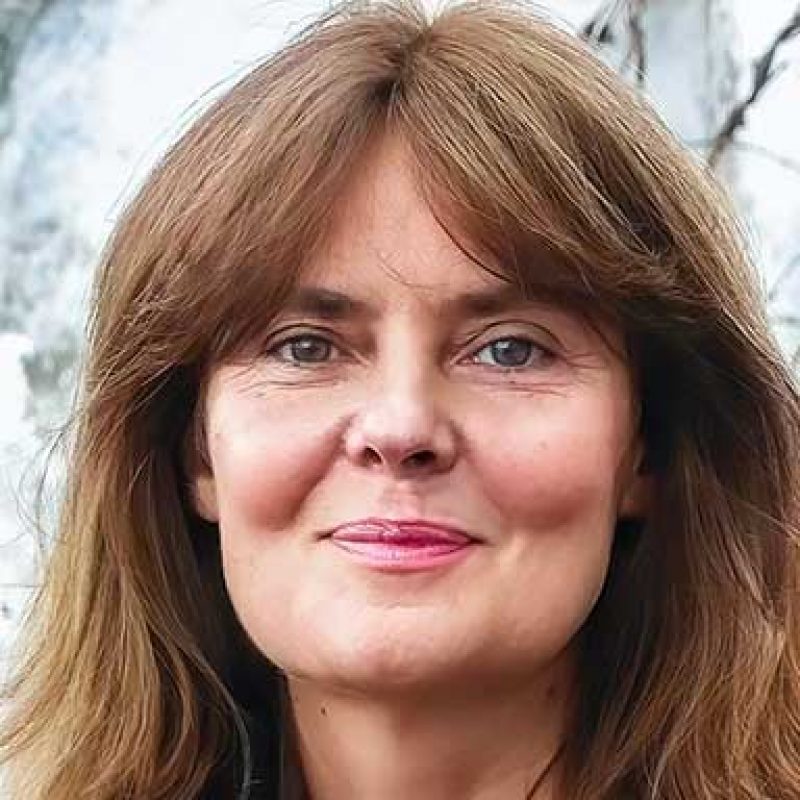
Managing Director of SEMAPA
French National Library
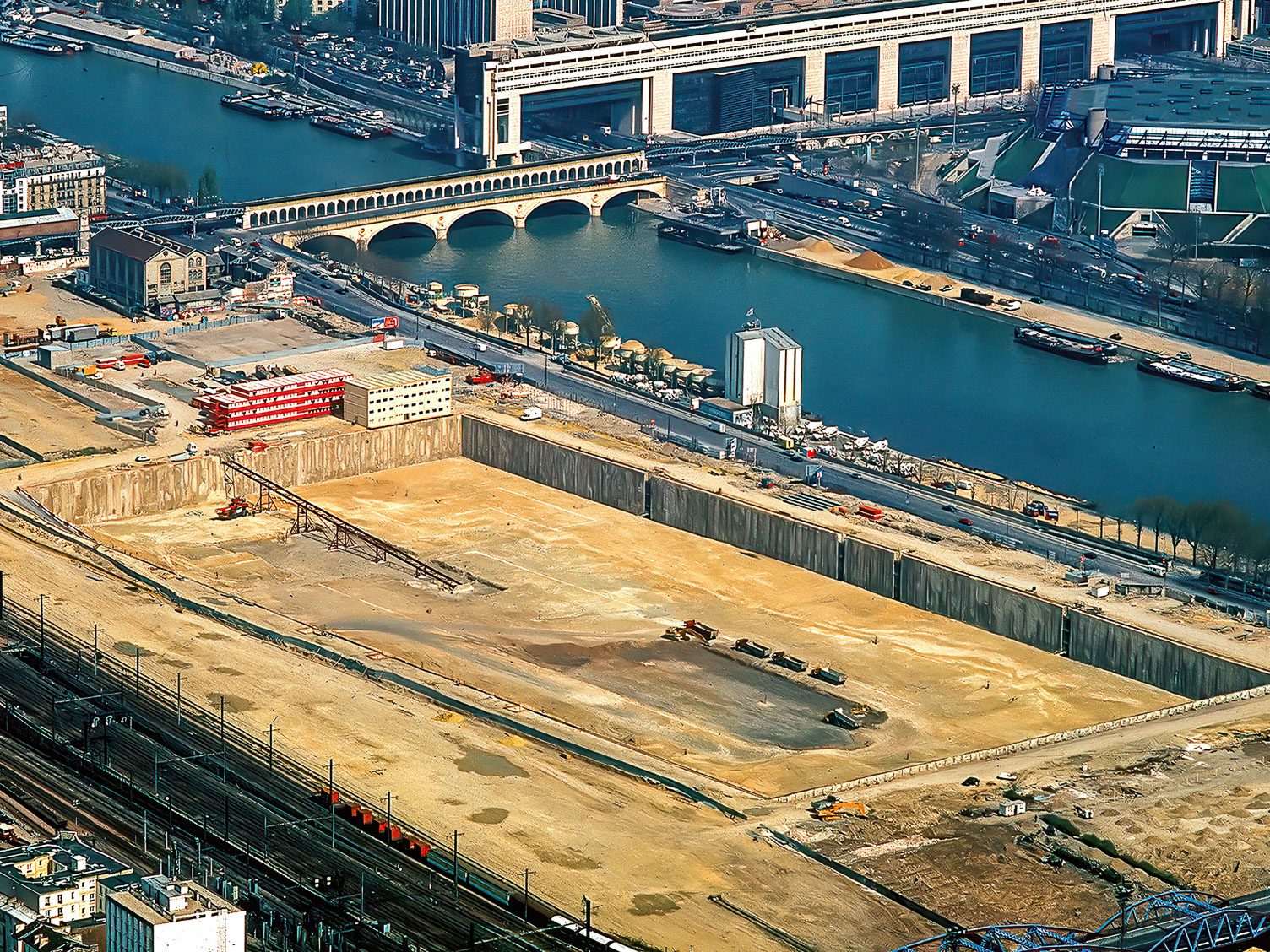
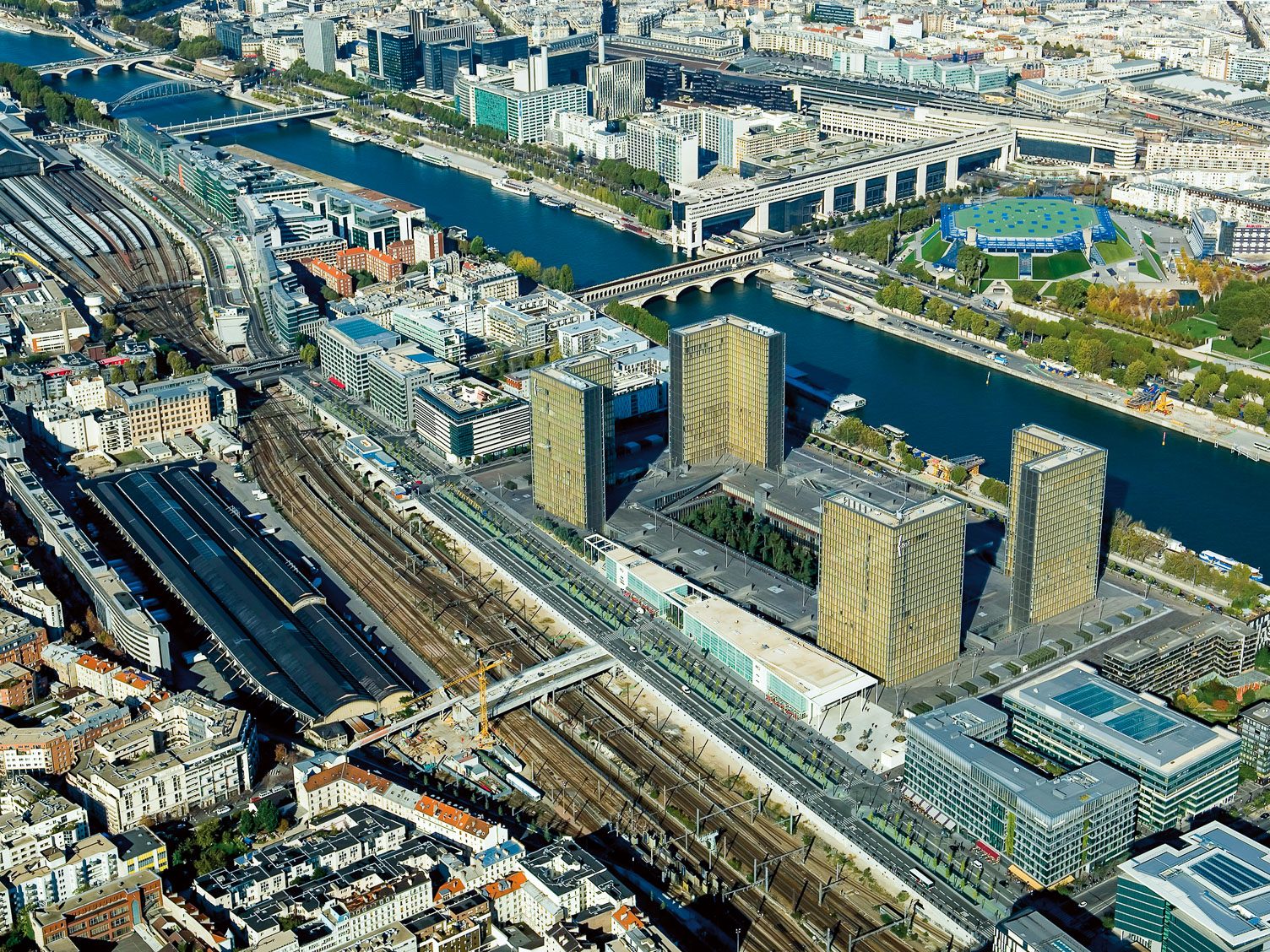
Opened on December 20, 1996, after 8 years of work, the Bibliothèque nationale de France is one of the district’s iconic sites. Immediately recognizable thanks to its four large angular towers representing four open books (the towers of Laws, Numbers, Time, and Literature), it boasts a collection of 15,700,000 books and documents. In 2019, it wel-comed more than 920,000 visitors.
Avenue Pierre-Mendès-France
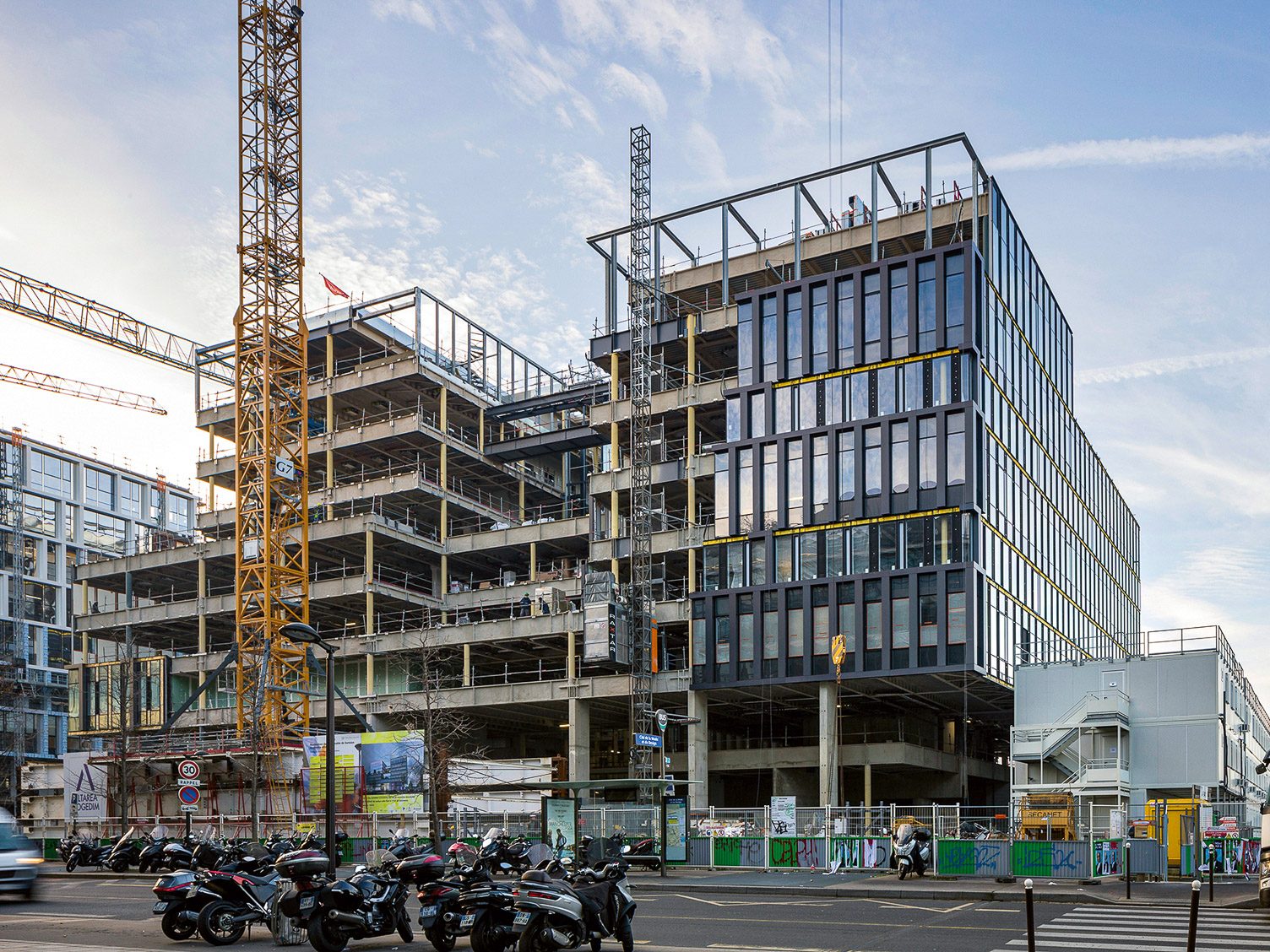
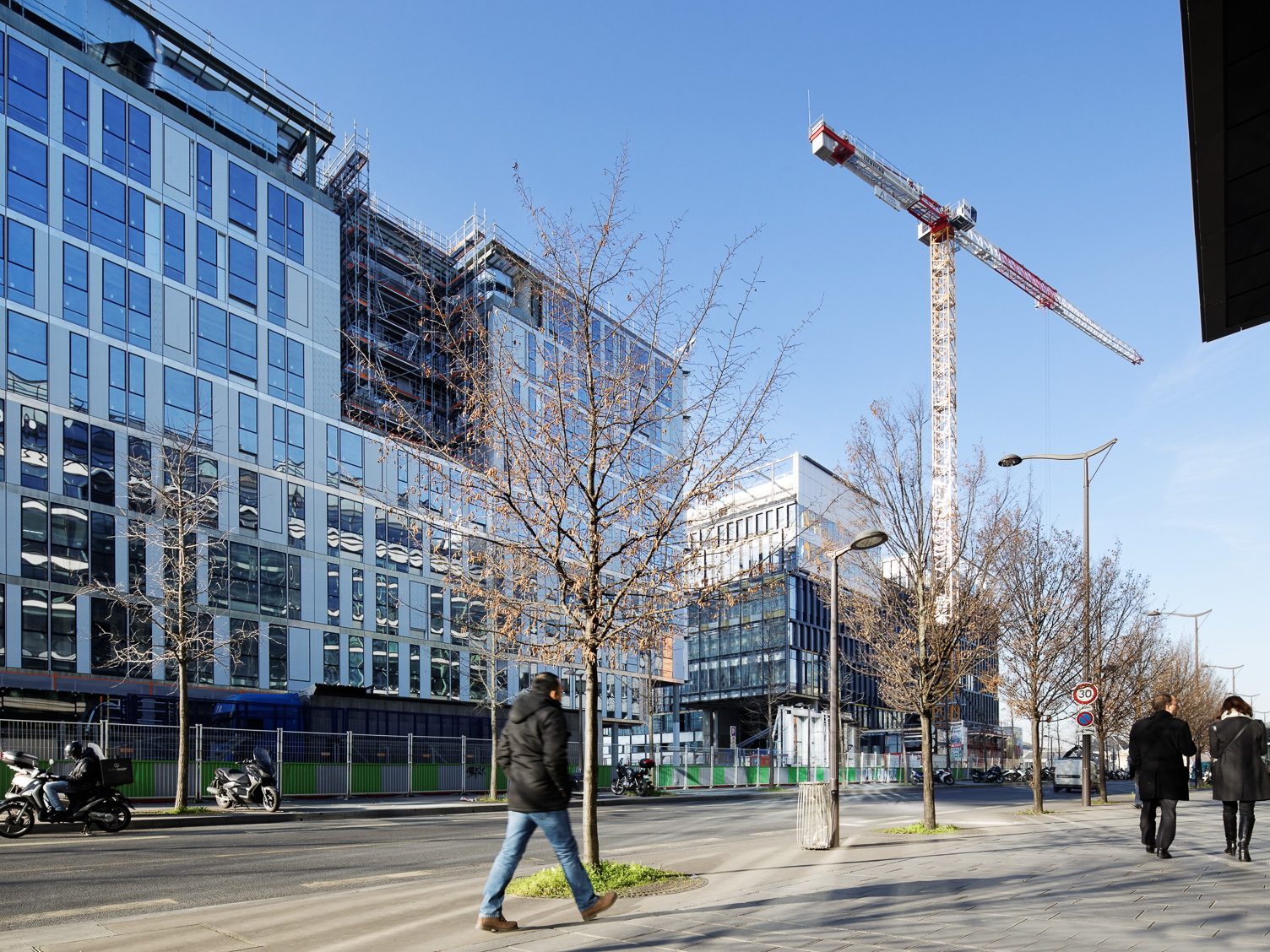
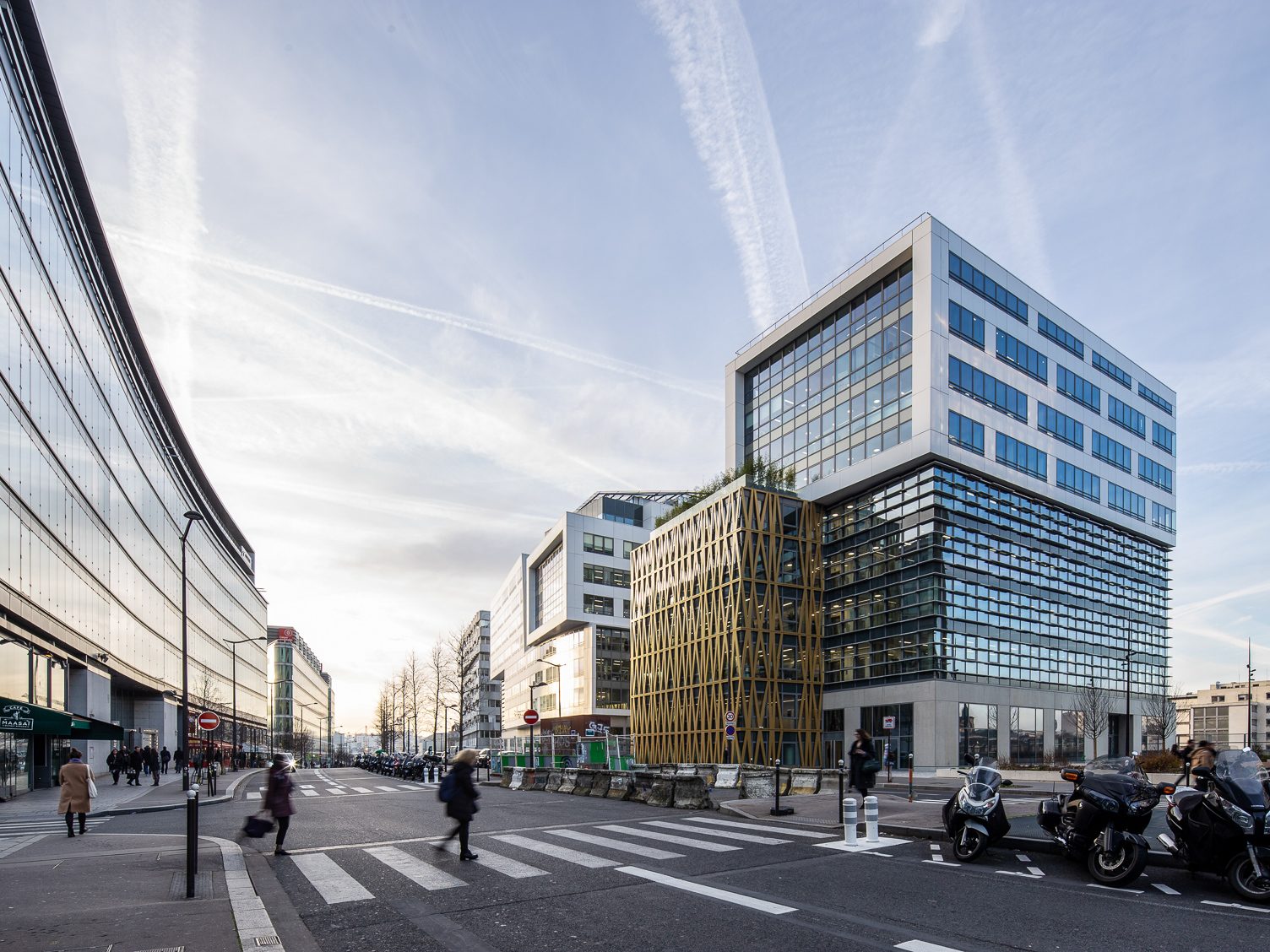
Avenue Pierre-Mendès-France is 650 meters long and opened to traffic in 2004. It is home to a large number of companies such as Caisse des dépôts et consignation and, more recently, the newspaper Le Monde, which set up its headquarters there in 2020… not to mention the companies of Groupe BPCE, which first came into existence in 2009 at this address.
Covering the tracks: rediscover the Seine
The principal purpose of work undertaken to cover the railway tracks, an essential part of the district’s transformation process, was to restore direct access to the River Seine. To do this, it was necessary to recreate a favorable topographic context above the railway tracks while simultaneously creating urban continuities between the different quarters. Unlike the La Défense business district in the west of Paris, where development work required the construction of a slab separate from the natural ground, it was decided in this case to build an artificial level connected to the original underlying ground: the empty spaces were filled in with earth, and an artificial surface was then built above the tracks.
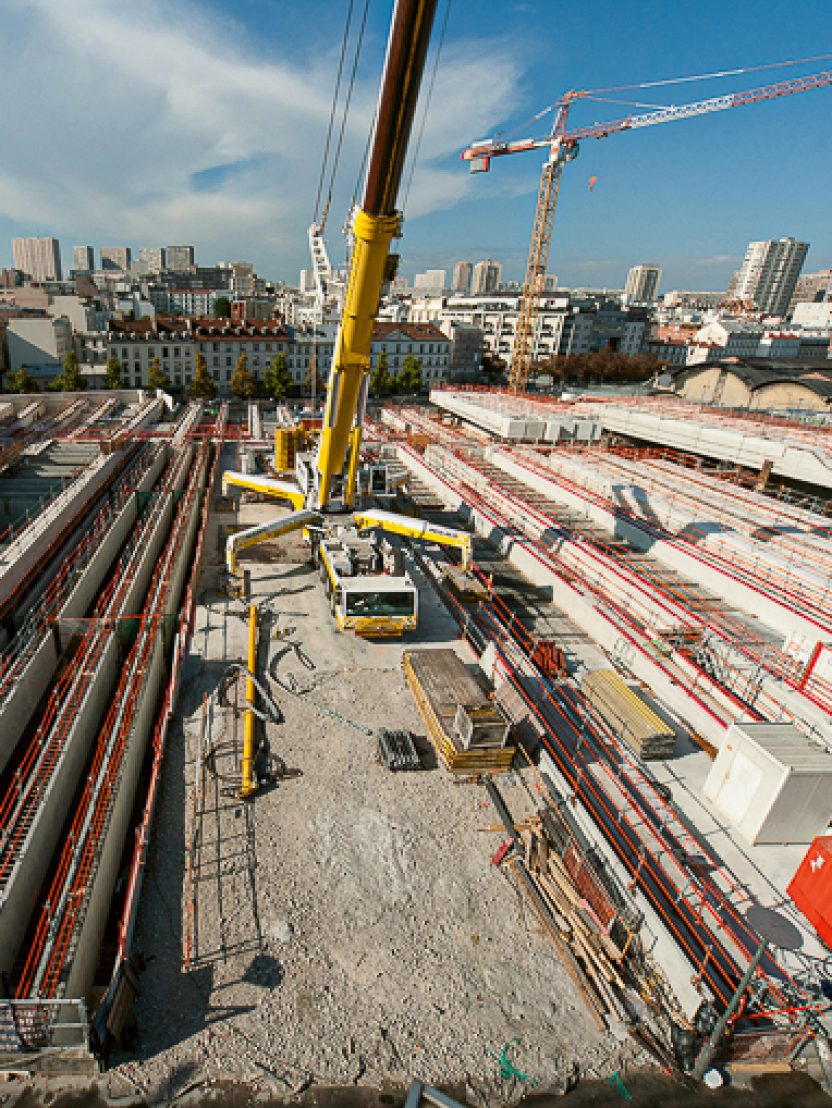
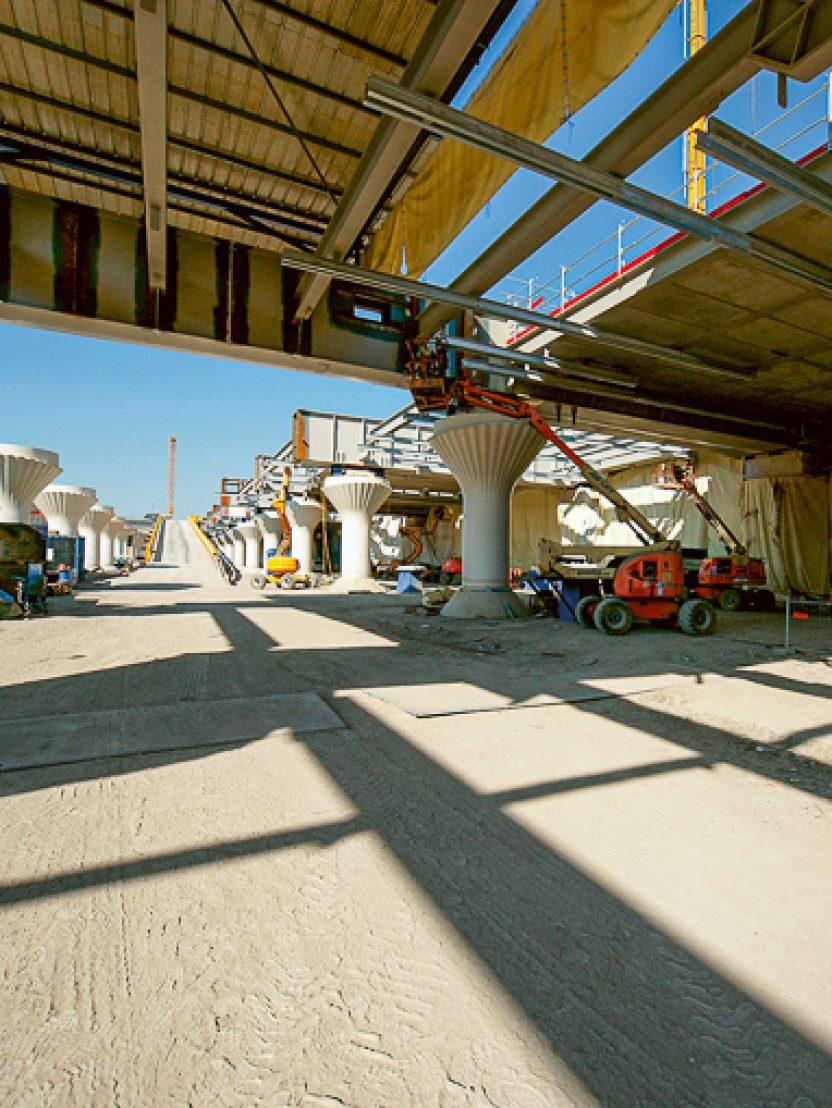
Crossing the ring road: mission accomplished!
Between 2014 and 2018, gigantic earth-moving work was carried out in the southeast corner of Paris to remove the embankment that obstructed the passage to Ivry-sur-Seine and replace it with a 9-meter-high bridge. This was a particularly complex operation on a severely constrained site, bordered by the Seine, the railway tracks, the Boulevard des Maréchaux, and the Paris ring road. No fewer than seven engineering structures would be built to divert the eight lanes of the ring road and the Quai d’Ivry interchange, without ever interrupting the road traffic during the construction period. It was then possible to create, under the ring road, the Paris-Ivry pathway linking the two municipalities together. Although this thoroughfare, reserved for pedestrians and cyclists, has not yet been fully developed with the arrival of shops and places of social interaction, it will represent an undeniable asset for the development and appeal of the new Bruneseau quarter.
